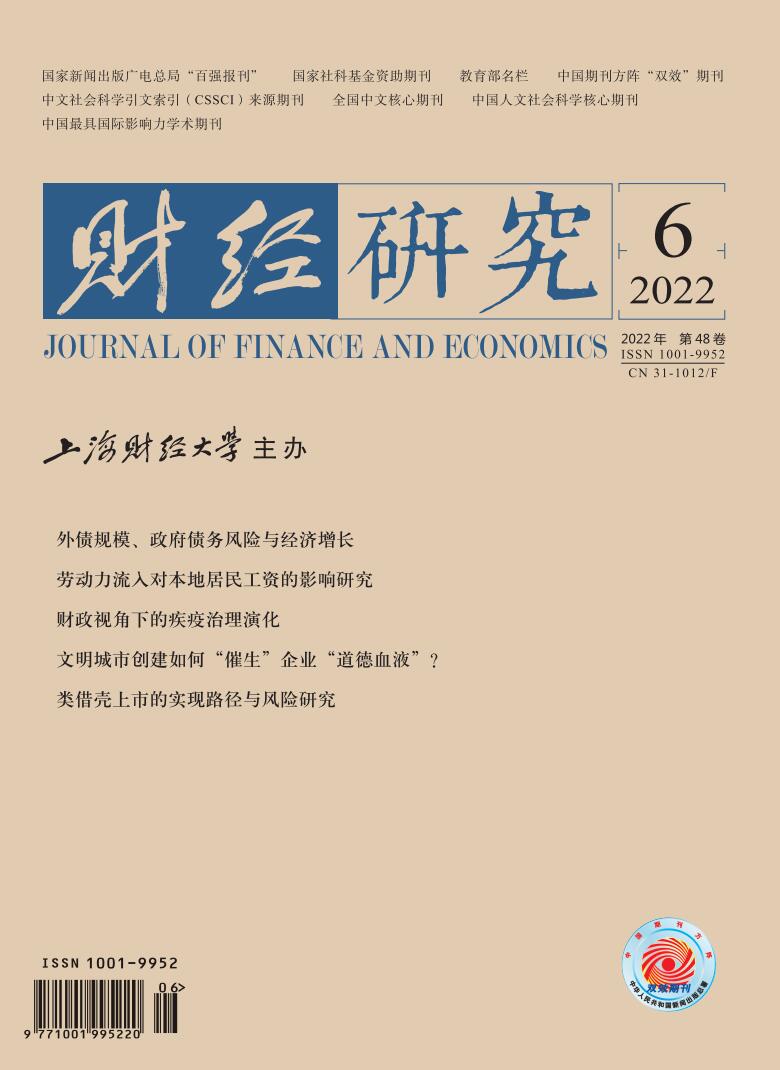Migration has played an important role in China’s economic growth. However, with the growth of migrants, the wage growth pap within the city is widening. This paper attempts to answer whether there is an inevitable relationship between migration and wage inequality in urban China.
This paper constructs a theoretical analysis framework from the perspective of labor skill divergence, and explains the impact and mechanism of migration on the wage of locals. Moreover, based on the data of China Health Nutrition Survey (CHNS), this paper employs the unconditional quantile regression method for empirical testing. The results show that: (1) The migration has no impact on urban employment rate and average wage, but its positive effect on the high-wage group is stronger than that on the low-wage group, which has been widening the wage gap. (2) The large increase of low-skilled migrants is related to the wage loss of labor force at the bottom of wage distribution and the wage increase of the high-wage group. In addition, competition among low-skilled migrants is the most intense. (3) An increase of high-skilled migrants will significantly increase the wage of all locals and the high-wage group benefits more. (4) The cross-complementarity of skills between low-skilled migrants and locals, skill-biased registered residence system, and labor force inflow externalities are the main reasons for the expansion of the wage gap of labor force inflows.
The possible marginal contributions of this paper are as follows: (1) This paper provides an innovative perspective for understanding the impact of migration on the wage of locals, that is, heterogeneous labor. (2) Previous literature focuses on the connection between migration and the change of mean income and lacks sufficient attention to the impact of social vulnerable groups in urban areas, while this paper uses the unconditional quantile regression method to accurately infer the impact of migration on the overall distribution of wage. (3) Factors such as capital and technology are brought into the analysis framework of migration externalities to explain the mechanism, which provides empirical evidence that has not been paid attention to in previous literature on migration. (4) The use of large sample micro-survey data provides micro-empirical evidence, and the use of IV and DID methods solves the endogeneity problem well, which improves the robustness.





 3839
3839  4670
4670

